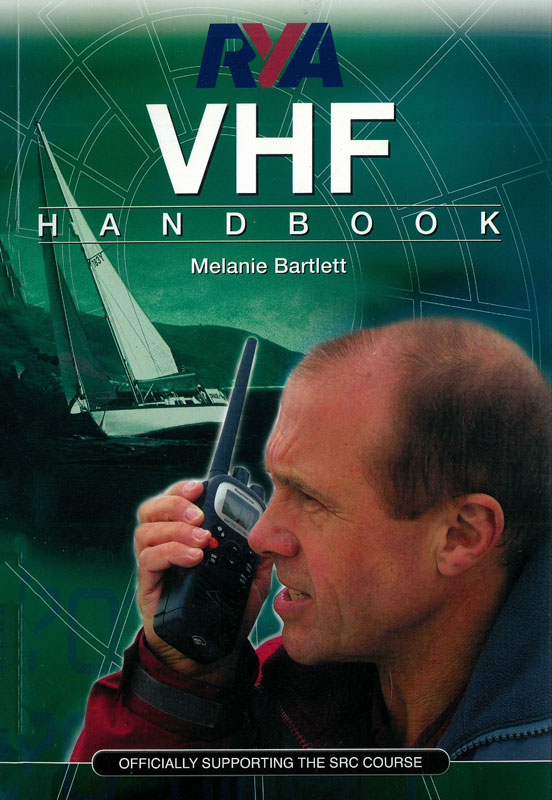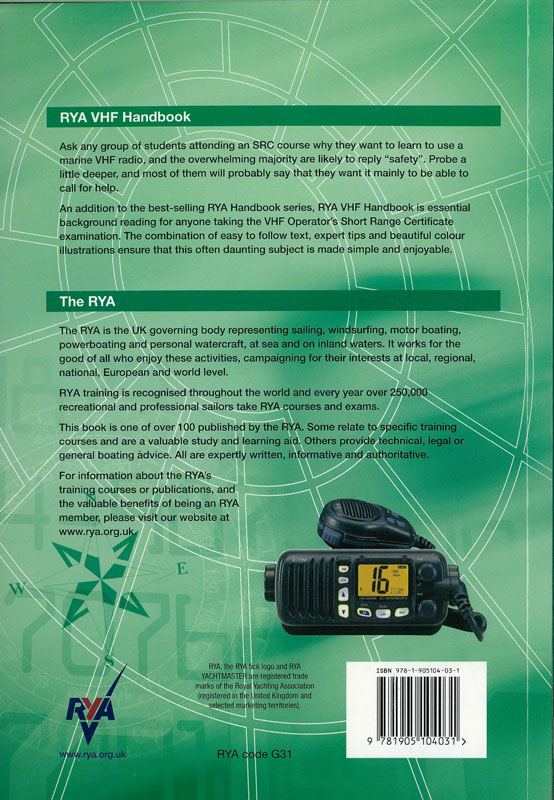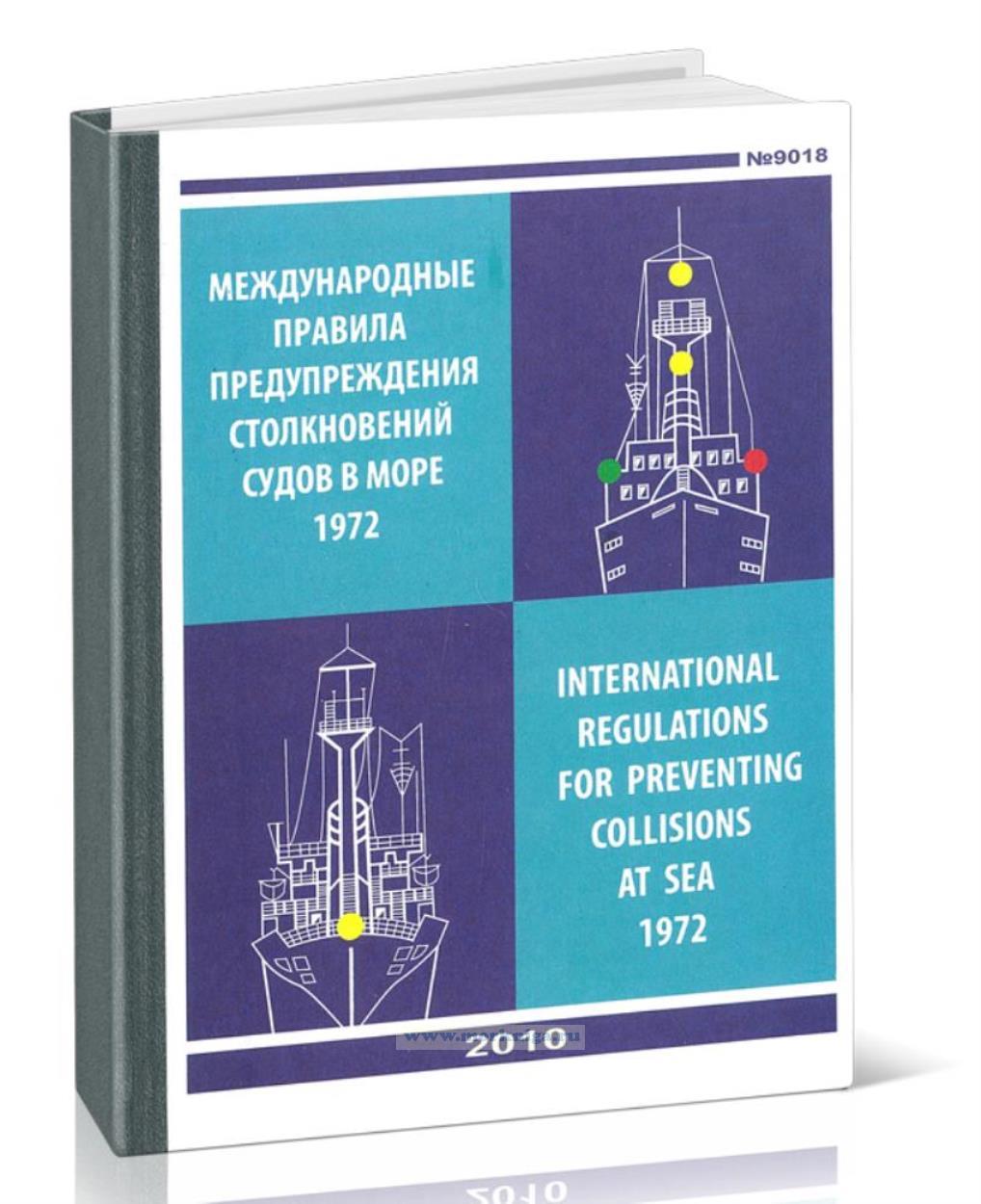Сб с 10 до 16
RYA VHF Handbook. Курс морской радиосвязи
Данная книга переведена на русский и называется VHF. УКВ-связь на море. Курс радиооператора SRC GMDSS
Ask any group of students attending an SRC course why they want to learn to use a marine VHF radio, and the overwhelming majority are likely to reply “safety”. Probe a little deeper, and most of them will probably say that they want it mainly to be able to call for help.
An addition to the best-selling RYA Handbook series, RYA VHF Handbook is essential background reading for anyone taking the VHF Operator’s Short Range Certificate examination. The combination of easy to follow text, expert tips and beautiful colour illustrations ensure that this often daunting subject is made simple and enjoyable.
Содержание
Types of message Types of user Types of equipment
How radio works
Making waves
Frequency and wavelength
Characteristics of different
frequencies
Modulation
Antennas
Antenna gain
Batteries
Rules and Regulations
Why rules?
Licensing
Ship Radio Licences Coast Radio Licences Authority to Operate Type approval Radio log Secrecy
The ten commandments
Operating a marine VHF radio
Power on
Volume
Squelch
Transmitter power Channel selector PTT switch
Dual watch, Tri watch and Scan Dimmer
Switching on and setting up
VHF Channels
Principle of “channels”
Simplex and duplex channels International and private channels American channels Channel 16 and guard band Channel 70 Special channels
Voice procedure 1: Routine calls
Calling another vessel Calling a coast station Calling the Coastguard Radio check Garbled calls Unanswered calls Link calls
Accounting procedures Operating procedures shore to ship Prowords
Standard vocabulary Phonetic Alphabet
Voice procedure 2: Distress calls
Definition of distress
The Distress Call
The Distress Message
Specifying position
Receiving a distress message
Acknowledging a distress message
Seelonce
Mayday Relay
Voice procedure 3: Urgency & Safety calls
Urgency calls Medical advice Safety calls
GMDSS
Background and principles
Sub-systems involved in GMDSS
Navtex
EPIRBs
The satellites
Doppler positioning
EPIRBs
Stowage and maintenance
Registration
False alarms
SARTs
Digital Selective Calling - introduction & routine calls
DSC Controllers Classes of DSC Controller MMSIs Types of call
DSC controllers and position Using a Class D controller Sending a DSC call Receiving a DSC individual call Receiving a DSC group call Using a Class A or B controller
DSC Distress, Urgency & Safety
Definition of distress
The Distress alert
After sending a Distress alert
Receiving a distress alert
Accidental False Alert procedure
Urgency and Safety
Sending an urgency or safety call
Receiving a DSC urgency or safety call
Mayday relay
Appendix 1: Examination Syllabus for the CEPT Short Range Certificate (SRC)
Appendix 2: Standard Marine Navigational Vocabulary
VHF channel numbers GMDSS Sea Areas Index Glossary
Membership pages




 В вестибюле Панамского канала. Рассказы опытного яхтсмена
В вестибюле Панамского канала. Рассказы опытного яхтсмена  Под парусами вокруг света на яхте Revolution
Под парусами вокруг света на яхте Revolution  МППСС - 72. Адм. № 9018 Международные правила предупреждения столкновений судов в море 1972 г. International regulations for preventing collisions at sea 1972
МППСС - 72. Адм. № 9018 Международные правила предупреждения столкновений судов в море 1972 г. International regulations for preventing collisions at sea 1972